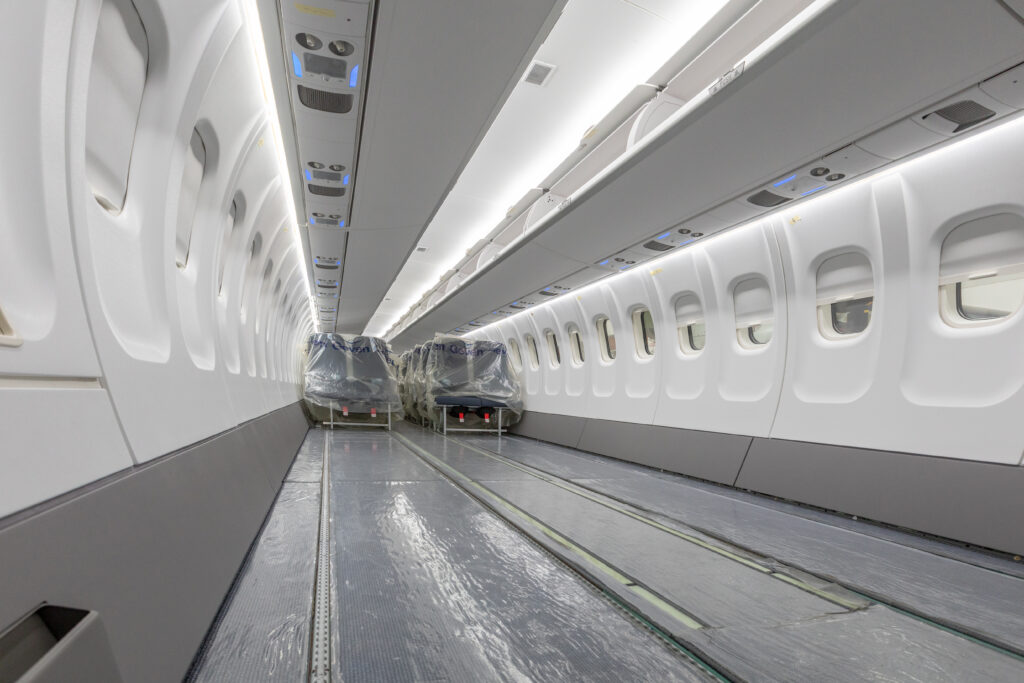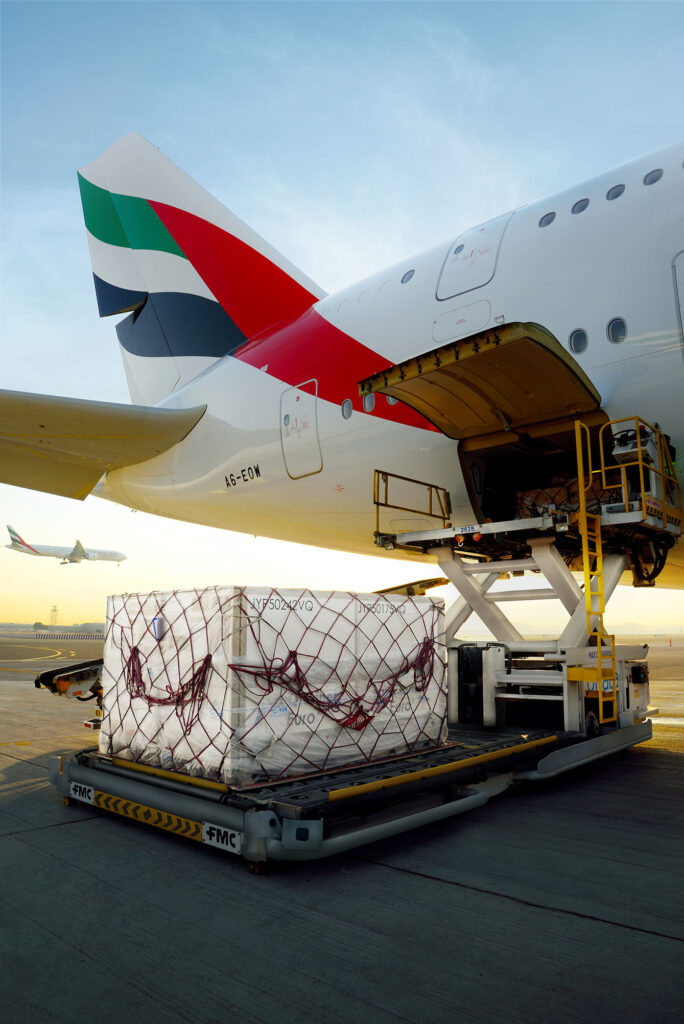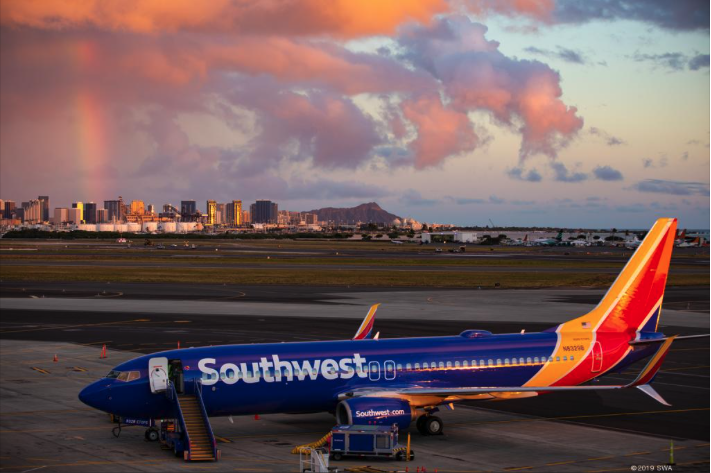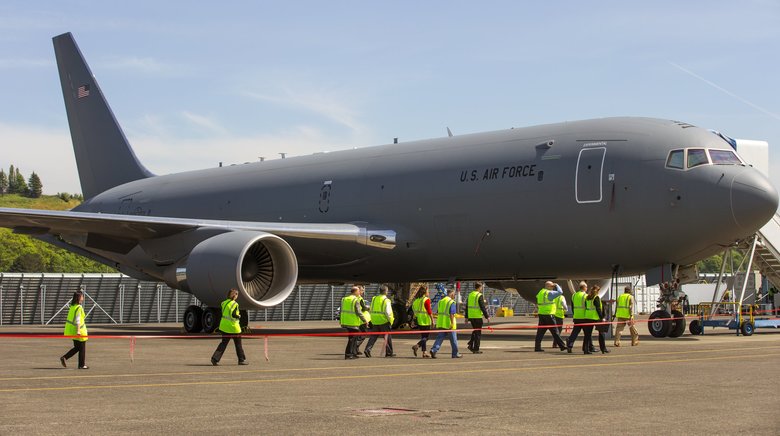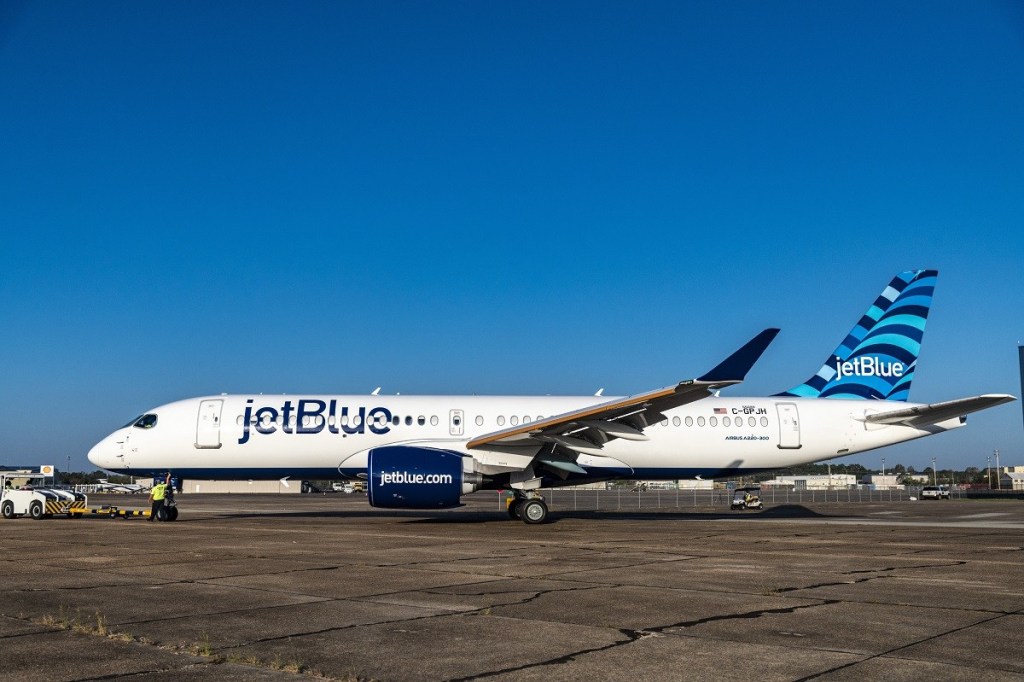Boeing Forecasts Strong Growth in China’s Aviation Market
Boeing [NYSE: BA] expects China’s airlines to acquire 8,600 new airplanes valued at $1.4 trillion and commercial aviation services valued at $1.7 trillion over the next 20 years, reflecting an expected robust recovery following the…

